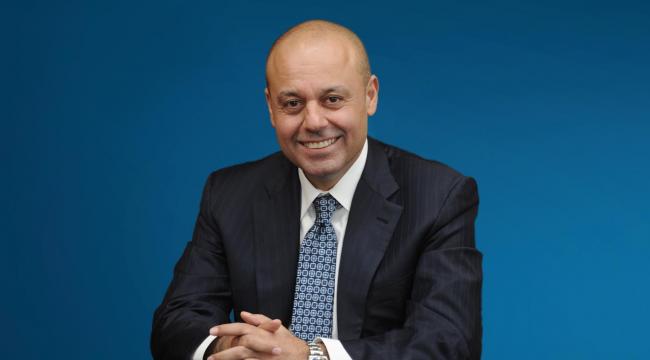
(Amman, Jordan – March 2023) — Bank of Jordan Group announced its financial results for the fiscal year ending on December 31, 2022, which the Central Bank of Jordan approved. Per the report, the bank’s shareholders’ net profit reached JOD 40.1 million for 2022, showing an increase of 11.5% in comparison to the year 2021. The bank maintained a solid capital base and financial position, as shareholders’ equity amounted to around JOD 529.2 million, with an 11.8% growth rate. In addition, the capital adequacy ratio reached 22.66%, which is higher than both the Basel III and regulatory authorities’ requirements.
Based on the financial results, the Bank of Jordan Board of Directors recommended that the General Assembly distribute 18% cash dividends for the year 2022.
Considering the bank’s positive results, the Chairman of the Board of Directors, Mr. Shaker Fakhouri, stated that in 2022, the Bank of Jordan has achieved a sustainable and advanced level of performance due to the strategic vision the bank has placed. The future plan set in motion is based on the digital transformation and continuous development of business models according to the best international practices.
Mr. Fakhouri pointed out that the growth recorded by the group included various financial indicators at rates that illustrated the efficient management of assets and liabilities. The bank’s financial position witnessed a positive change, as the bank’s assets amounted to around JOD 2.9 billion, with a 5.3% growth rate. The credit facilities portfolio at amortized cost increased to around JOD 1.5 billion; customers’ deposits increased by JOD 108 million, which is a 5.7% increase for 2022 compared to the year 2021, reaching a total amount of JOD 2.02 billion. These numbers contributed to meeting the group’s financing and liquidity requirements, as the group's legal liquidity ratio reached 133.6%, and the liquidity coverage ratio reached 277.3%.
Regarding operating performance, the net interest and commission income amounted to JOD 137.3 million, achieving a growth rate of 6.2% compared to last year and accounting for 93% of the total income reached in 2022. The bank has also continued to strengthen its allocations and build on them according to the future credit and economic projection model. The provision coverage ratio for non-performing loan facilities is 95%, which is considered one of the best ratios in the banking sector. This number confirms the safety and quality of the bank’s credit portfolio and the balance achieved between returns and risks.
As for the bank’s efforts in terms of digital transformation, Mr. Fakhouri confirmed that it was included as one of the bank’s key pillars when the 2022 information technology strategy launched. A gradual change is already set in motion to provide a smooth customer experience. In addition, it will go parallel with the bank’s mission to provide the best services to target markets and segments in the upcoming three years.
The bank is also working to enhance its regional presence: Mr. Fakhouri stated that in 2022, the Bank of Jordan witnessed the inauguration of its first branch in the Republic of Iraq, which is helping the bank better serve its corporate clients in both Iraq and Jordan. The bank has also obtained all the necessary licenses to conduct banking in the Kingdom of Saudi Arabia, where it sees promising investment and economic opportunities, largely due to the presence of advanced technical infrastructure at the state level.
Mr. Fakhouri concluded that in 2023, the Bank of Jordan Group will continue to obtain more successes and accomplishments, by providing banking solutions and services that will advance economic growth in the countries it operates in. It will also continue to strive for a balanced and sustainable performance in terms of its financial results, taking into consideration the different specificity each market requires, the environment it operates in, and the economic and geopolitical challenges in the foreseeable future. Additionally, it will continue to follow changes and developments in the local, regional, and global markets.
